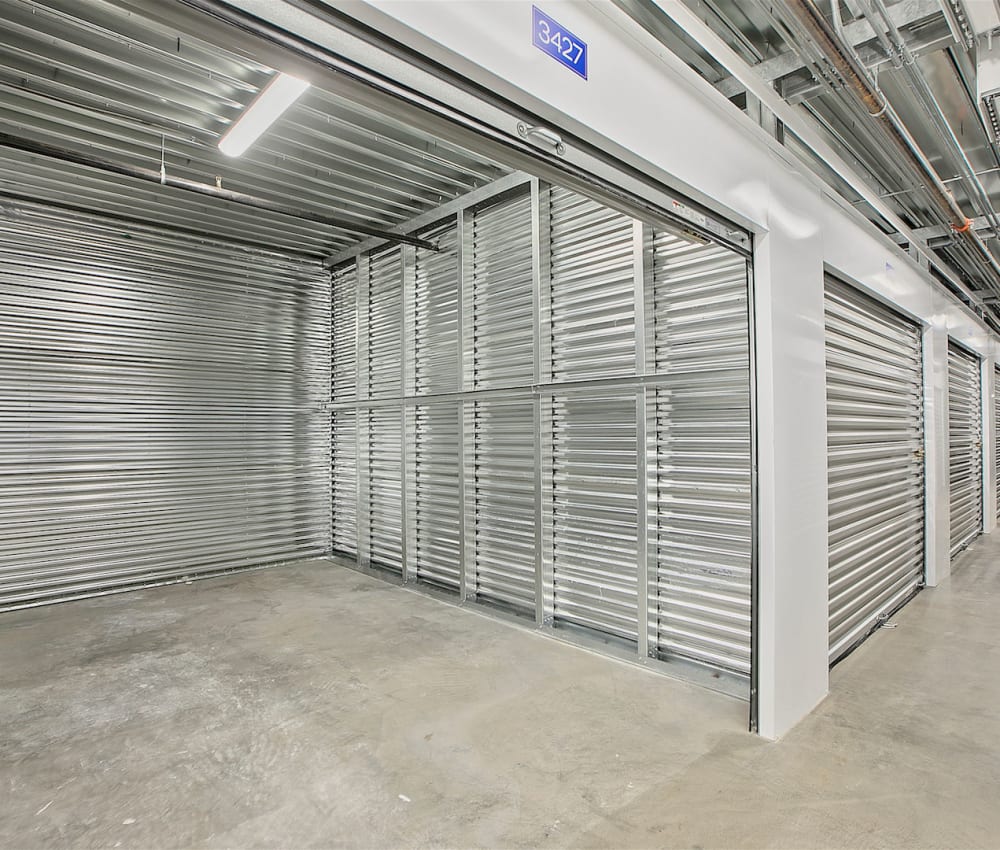Everything You Need To Know About Temperature-Controlled Storage in San Diego, CAThe Architecture Designs

At Juujbox, we keep the temperature of our climate-controlled storage between 55 and 80 degrees. Our climate-controlled storage units have modern cooling and ventilation systems supporting the same temperature and humidity level all year.
If you’ve ever rented a self-storage facility, you may have heard of temperature-controlled storage in San Diego. But why do we need them? In a climate-controlled storage unit, the temperature of your things is controlled and kept stable. However, standard self-storage units are helpful and convenient for storing household and business items. Climate-controlled storage units are a must for storing things that are especially sensitive to changes in temperature.
This includes furniture, musical equipment, vintage items, works of art, electronic goods, etc. There will undoubtedly be an added cost associated with this feature. Still, if you value the security of your possessions, it will be worth the investment.
If you’re in the market for a climate-controlled storage unit, consider the following:
Your Guide To Temperature-Controlled Storage in San Diego
source: pinterest.com
A regular self-storage unit may be adequate for some people. For many others, however, you’ll need to take extra precautions, especially if you’re putting your belongings away for a long time. Because of regional climate differences, your self-storage unit’s condition may change as you move across the country.
There are many methods for keeping self-storage units at a reasonable temperature; the one you use will depend on where you live. Different facilities, even within the same region, may use other systems.
Secure, Temperature-Controlled Warehouses- Climate-controlled storage units heat and cool the space, making them perfect for storing things all year. Despite not having climate control, their indoor location means that the humidity level may be similar to that of your home.
Air-Cooled and Evaporatively-Cooled Storage Facilities- Evaporative cooling, or “swamp cooling,” is prevalent in dry, hot climates. The system works by bringing in warm air and passing it over a filter that a water pipe has dampened. As air moves over the apparatus, it is cooled. A circulation pump then forces it through all of the storage spaces.
Heated storage units- are a solution that you’ll find to keep storage facilities temperate when the temperature drops. These heated storage units are typically found in regions subject to severe winters and where temperatures below freezing are typical for the season.
Here are several advantages of climate-controlled units
source: pinterest.com
The benefits of each storage facility are distinct from those offered by the others. We will look at the pros and cons of both climate-controlled enclosures so that you can choose the best one for you. You would then be able to make an informed decision about whether you should buy or rent the necessary items.
Some of the advantages of controlled storage include the following:
Inside the climate-controlled container, the temperature is maintained at a constant moderate level.
Some manufacturers offer an optional humidity moderator to meet the needs of their customers.
Valuables are protected from temperature and humidity changes while safely stashed away.
Everything looks the same as before in controlled storage, including size, color, and shape.
The ability to adjust the temperature depending on what is being kept.
Some producers even offer personalized choices to cater to the unique requirements of consumers and businesses.
Should You Get a Unit with Climate Control?
An ordinary self-storage unit may be adequate for some people. However, if you plan on storing your belongings for a long time, you may need to take extra precautions with some of them. Your storage unit’s condition may change depending on the local climate.
When we say that a storage unit is climate controlled, we mean that we make a reasonable effort to keep the temperature within the building. The team is located between 55 and 80 degrees F throughout the year.
Why is it an excellent choice to keep some things in a Climate Controlled Storage?
source: pinterest.com
When putting things in a storage unit, you should be extra careful with things easily broken by temperature changes. Due to their sensitivity to temperature changes, items made of wood, musical instruments, artwork, antiques, electronics, etc., are better stored in climate-controlled storage units.
Wooden furniture can lose shape and quality if there is too much moisture. If the wood is not stored correctly, this can lead to splits and eventually rot. Similarly, all types of self-storage facilities are subject to this rule. You should take extra care to store your clothes in a dry place if you intend to keep them for an extended period.
Conclusion
Before deciding on the best course of action, it is always prudent for anyone to think carefully about all of the opportunities that are currently available. By comparing different manufacturers of controlled storage, you can figure out what kind of storage unit will meet your needs. This includes the features those manufacturers offer and the prices of those storage units.
If you have specific storage needs, buying a storage unit that fits those needs is best. By storing them this way, you can be sure they will be safe all year long, no matter the weather. Suppose you are looking for the best-controlled storage units made of premium-grade materials.
Are you looking for a self-storage facility with climate-controlled storage in San Diego? In that case, you should get in touch with Juujbox as soon as possible. Our experts on storage in San Diego will help you choose the best solution for your needs. Please get in touch with us whenever it is convenient for you so that we can be of service to you.
The post Everything You Need To Know About Temperature-Controlled Storage in San Diego, CA appeared first on The Architecture Designs.





